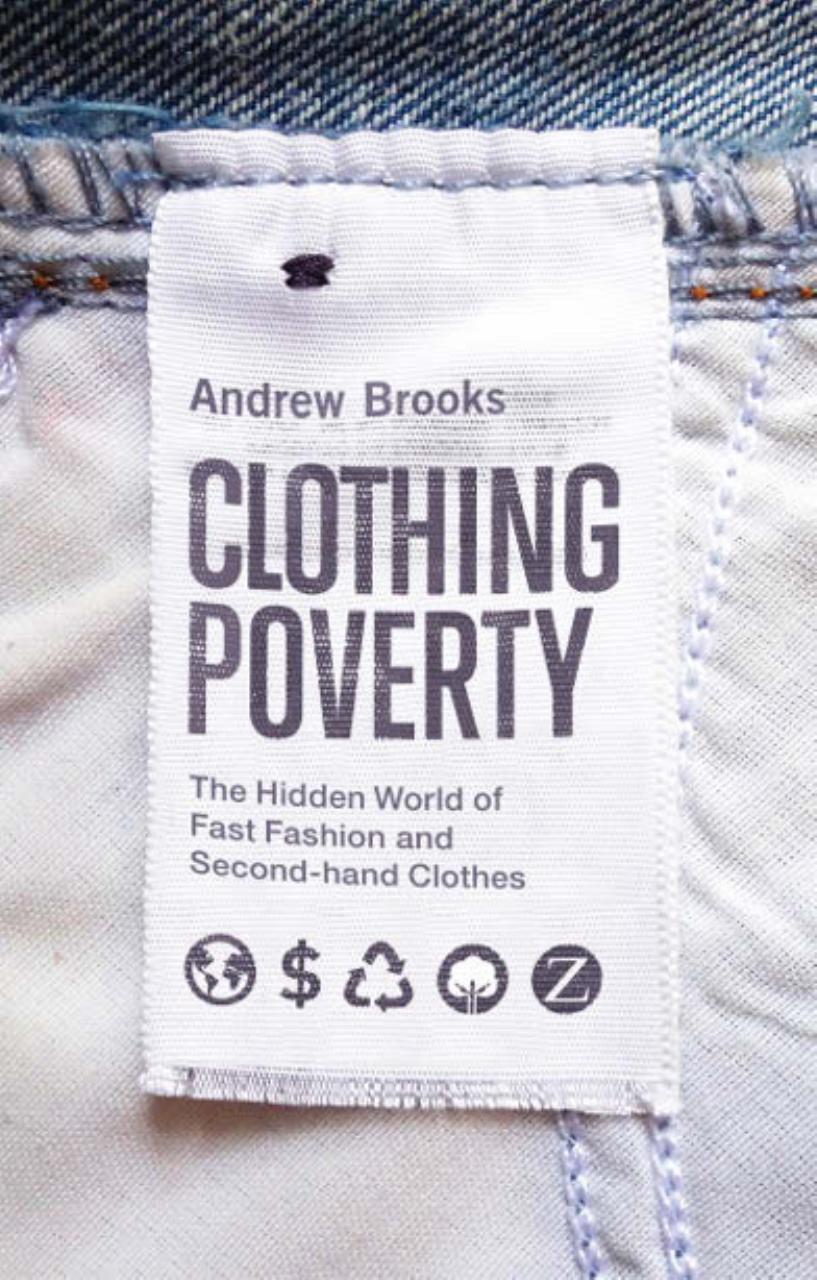Clothing Poverty by Andrew Brooks

Author:Andrew Brooks
Language: eng
Format: epub, pdf
Publisher: Zed Books
Published: 2015-09-14T16:00:00+00:00
Used-clothing assignments
Clothes which sell well in Africa include women’s light short-sleeved cotton tops, men’s rugged cargo shorts and colourful children’s T-shirts – apparel that suits the predominantly tropical climate and a youthful population, garments that are hard-wearing and well made, but also have some appeal to local fashion. Such desirable goods are not always in ready supply. One factor which determines profit is the make-up of cargo assignments. African clients have to accept a mixed packing list of different categories of 45 kg clothing bales in container shipments.18 They are not permitted to select the items they would prefer. For instance, a batch might contain, say, desirable warm-weather items such as T-shirts and shorts, as well as less popular heavy coats and suits. Notably, undesirable used curtains, overcoats and nightgowns sell for low prices in Mozambique, Kenya, Malawi and Zambia. The market conditions, where demand normally exceeds supply, are taken advantage of by organizations like Oxfam, the Salvation Army and Ragtex, enabling them to profit from less desirable bulky cold weather and unfashionable items and accumulate a greater total income. Controlling the packing list allows suppliers to maximize profitability and demonstrates how exporters in the global North have ascendancy over their customers in the global South. Additional money is made from passing on inferior stock, which includes unpopular items as well as lower-quality, torn and soiled clothing. As Simone Field, who carried out research in Britain, found, because ‘of the high returns from quality clothing and the limited availability of high quality donations in the UK, it is common for textile merchants to include a small proportion of low-grade clothing into a higher-grade category in order to maximize profit’.19 Furthermore, the exporter Intercontinental Clothing stated that ‘If you do the grading properly (like we do) then there is not vast profits. Whereas if you put things in that people will just about accept without complaint then there is more money to be made and obviously you get a lot more for it.’20 Business strategies in the global North increase the profitability of exports, but reduce the opportunities for African companies to accumulate capital from the import and sale of second-hand clothing.
Olumide Abimbola has extensively researched the second-hand clothing trade between the UK and West Africa. He argues that, in general, there is ‘information asymmetry’ between exporters and final retailers, but some systems of provision are more coordinated. Igbo apprentices from West Africa who serve importers based in Benin work in many British second-hand clothing firms to assist the sorting of second-hand clothing. They create ‘standardized goods’ for export:
Large-scale importers of second-hand clothing send an apprentice to the British exporting company, where the apprentice would act as a quality assurance person. He makes sure that what is sent to the West African market is what the people would buy. At the same time, he also helps his boss overcome the information asymmetry problem that is stacked against him by inspecting what is actually exported to him.21
This arrangement is mutually beneficial. Exporters
Download
This site does not store any files on its server. We only index and link to content provided by other sites. Please contact the content providers to delete copyright contents if any and email us, we'll remove relevant links or contents immediately.
Pioneering Portfolio Management by David F. Swensen(5599)
Zero to One by Peter Thiel(4818)
Man-made Catastrophes and Risk Information Concealment by Dmitry Chernov & Didier Sornette(4730)
The Motivation Myth by Jeff Haden(4521)
The Miracle Morning by Hal Elrod(3903)
Elon Musk by Ashlee Vance(3451)
The Art of Persistence: Stop Quitting, Ignore Shiny Objects and Climb Your Way to Success by Michal Stawicki(3365)
Unlabel: Selling You Without Selling Out by Marc Ecko(2976)
Urban Outlaw by Magnus Walker(2947)
Delivering Happiness by Tony Hsieh(2919)
Purple Cow by Seth Godin(2695)
Mastering Bitcoin: Programming the Open Blockchain by Andreas M. Antonopoulos(2506)
The Content Trap by Bharat Anand(2489)
The Marketing Plan Handbook: Develop Big-Picture Marketing Plans for Pennies on the Dollar by Robert W. Bly(2409)
The Power of Broke by Daymond John(2373)
The Airbnb Story by Leigh Gallagher(2364)
Applied Empathy by Michael Ventura(2325)
Radical Candor by Kim Scott(2210)
Keep Going by Austin Kleon(2155)
